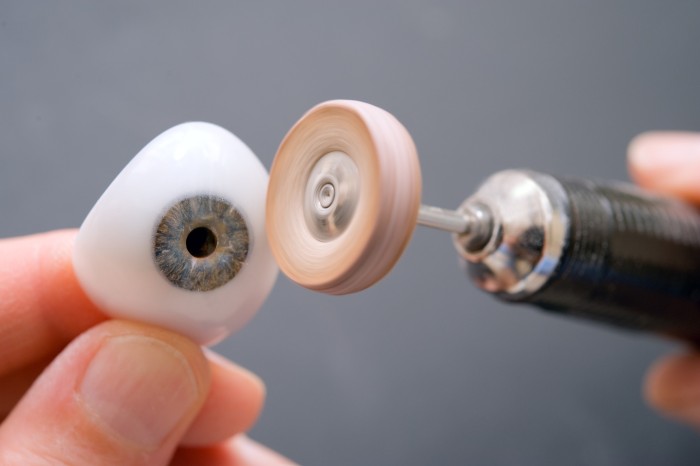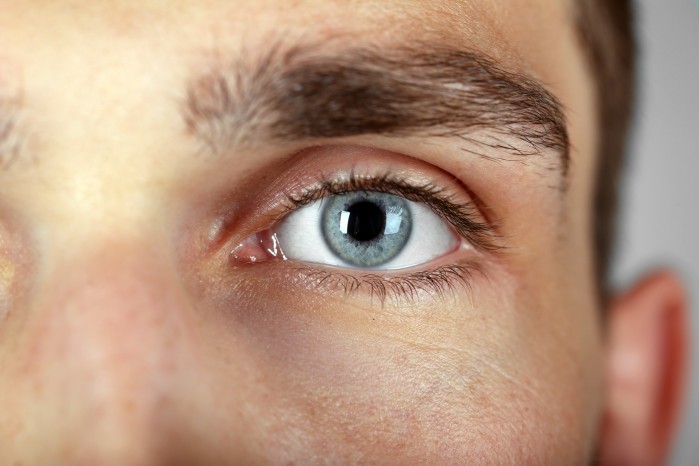The National Artificial Eye Service visit over 70 locations across England – either on a daily, weekly, fortnightly basis or less frequently.
There are 18 Orbital Prosthetists covering these locations.
Click on the headings below to learn more about our service:
All patients who have not previously been seen by the NAES will need a new referral with a doctor’s signature – a form is available by telephoning 01253 951131, emailing naes.
Patients who have not been seen for some time, or whose clinical situation has changed, may also need a new referral. This is because the referral contains a prescription for topical anaesthetics and other items which might be used during treatment. Please contact the NAES on 01253 951131 or naes.
Patients who have been seen within the last ten years should be registered on our database and can arrange an appointment by calling our Helpline (01253 951131) – the patient will then be directed to their nearest clinic. We are unable to book appointments in clinic.
On receipt of the referral, the patient will be contacted to confirm their preferred clinic location – if it is possible to book an appointment at that time, this will be offered and confirmed by letter. Priority is given to patients who have recently undergone surgery and then to those receiving a hospital/GP referral.
If an appointment is not currently available at the patient’s preferred location, there may be the possibility of an appointment at an alternative clinic or they will be placed on the waiting list for future dates.
If there is a shrunken or damaged eye, or part of one, still present in the socket, then the patient will be classed as having a ‘cosmetic shell’ prosthesis.
If the eye has been removed (including either enucleation or evisceration with possible implant) or there was never an eye in the socket, as in anophthalmia, then this will be an ‘artificial eye’ prosthesis. This distinction is important in knowing what care the patient needs. If the lids or bony orbit have been removed or exenterated, this will require a facial prosthesis which is not provided by the NAES and is normally produced by a maxillo-facial team. If further clarification is needed, please contact us.
A very few patients still wear actual glass eyes, rather than acrylic which has been the standard for more than fifty years. These patients may need additional arrangements; please contact us for more information.
Discharge and infection
In cases where a patient has not been seen for an extended period, the salts and proteins from the tears can dry on the surface of the prosthesis. This can leave a rough and abrasive surface, which causes an increase in discharge and discomfort as well as an increased vulnerability to infection.
If a person with an ocular prosthetic has not been seen by the NAES for several years, and is experiencing recurrent infection, it may be due to a heavily-coated or mechanically damaged prosthesis. They should request an appointment with the NAES to resurface and polish the prosthesis.
Lost prosthesis
While rare, some patients do lose their orbital prostheses. This can lead to problems with socket contraction, and if they do not have a spare prosthesis then they will need a temporary shape fitted as soon as possible.
Please contact us and explain that the patient does not have/is not wearing a prosthesis.
We strongly recommend that ocular prostheses (artificial eyes) are left in wherever possible. This is because the artificial eye maintains the socket volume, and if it is left out for more than a day or two the socket and lids can contract down. This can make it very difficult to replace the prosthesis, and in severe cases of contraction can make it impossible to refit any shape. Unless the prosthesis is damaged or painful to wear, the prosthesis should be worn as much as possible. Some patients do take the artificial eye prosthesis out overnight, but any longer than this can cause problems.
We advise that cosmetic shell prostheses are not worn overnight, so these should be left out while sleeping. Cosmetic shells can generally be left out for a prolonged period if the patient feels it is necessary or more comfortable, as the remaining part of the eye will maintain the socket volume.
Subject to your hospital’s procedures, there is no reason to remove an artificial eye for or during surgery under anaesthesia. Patients are generally more comfortable wearing their prosthesis and they can be lost or damaged if left out whilst in-patients.
Some patients may have an orbital implant comprising an acrylic hemisphere with a magnet embedded centrally. As these were most common around fifty years ago, it is possible that some of these patients may not be aware that they have a magnet in their socket. This can obviously present issues during MRIs.
We advise that any patient with an artificial eye who is not sure what sort of implant they have is not given an MRI without a check of the orbit with an x-ray. Radiography protocols regarding unknown orbital implants reflect this.
If you are located close to Blackpool, then we can arrange visits or education sessions at the NAES Headquarters site. For other locations, your local Orbital Prosthetist will be happy to arrange training or clinic observation sessions for a range of contexts.
We have previously delivered training sessions for medical students, ophthalmic nursing teams, optometrists, schools and theatre teams. Please contact us for further information.





